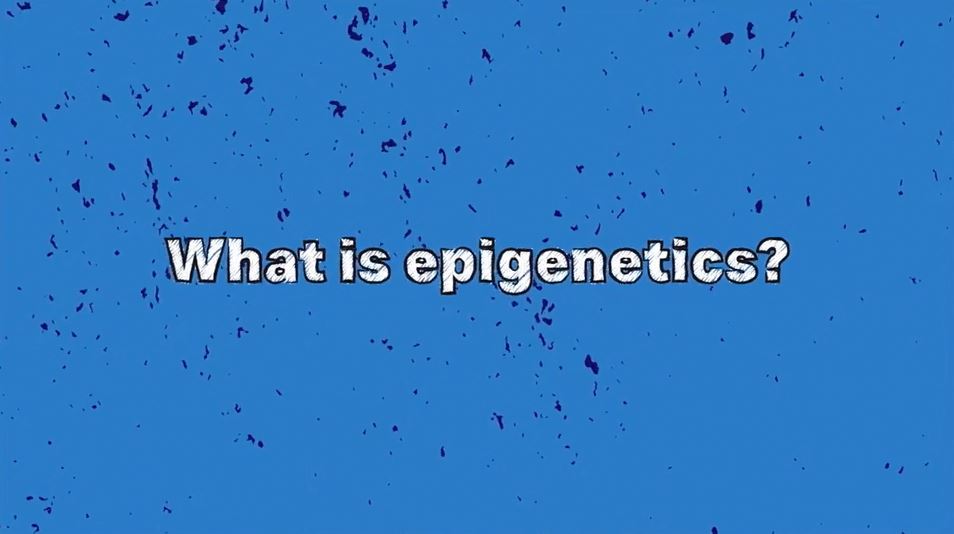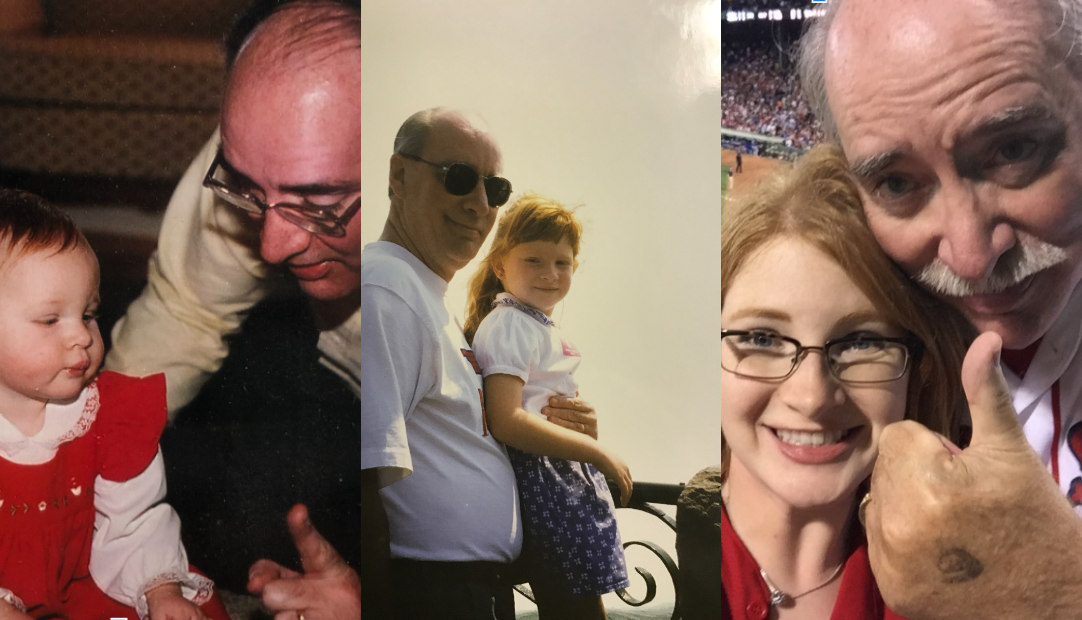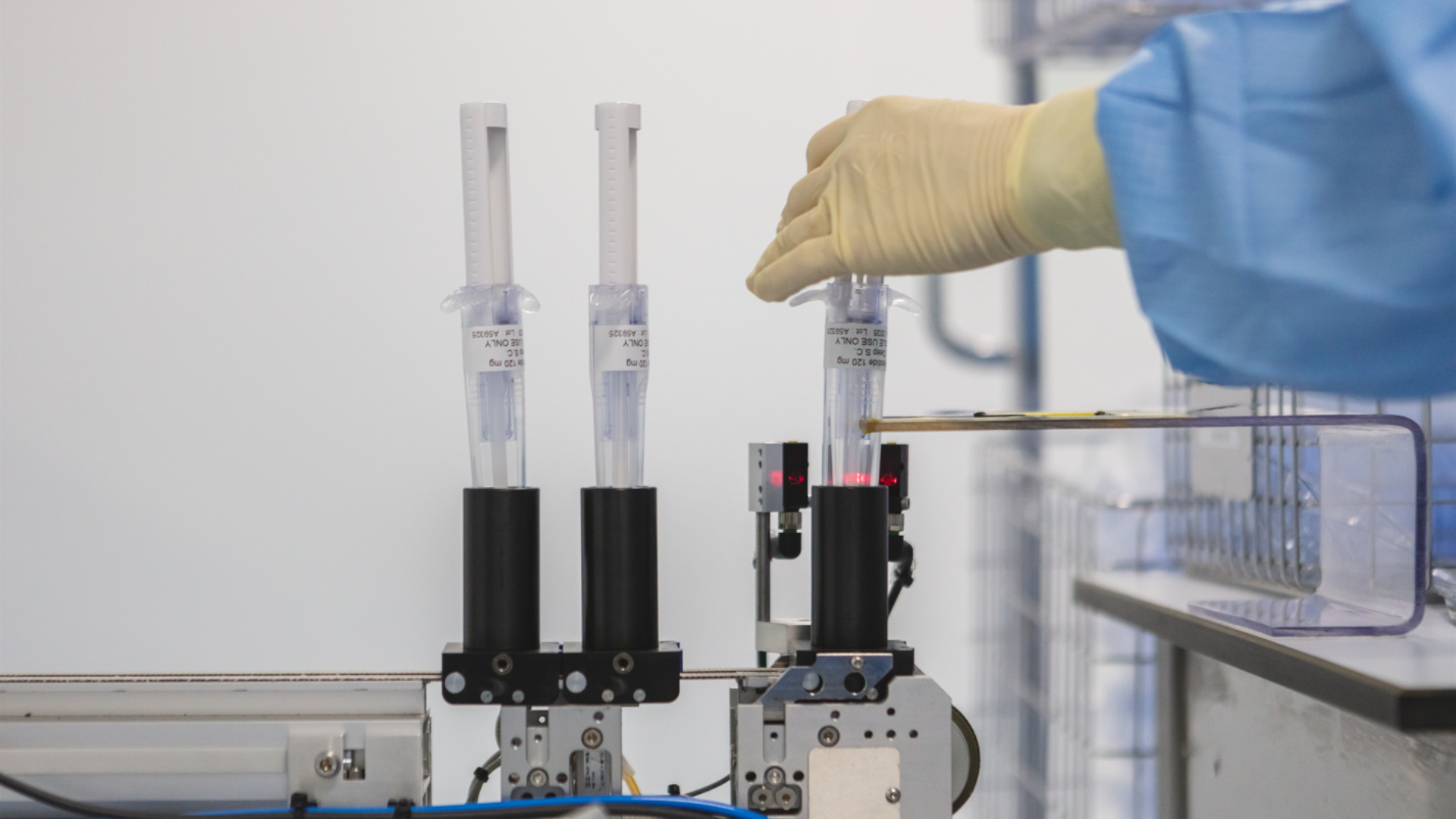Music and Medicine: Understanding the role of epigenetics in cancer research


Dr. Amauri Soares, VP Head of Early Development & Innovation Oncology at Ipsen uses
music to explain the importance of understanding the genetics of cancer and how the emerging field of
epigenetics could unlock a new paradigm for precision medicine.
By Dr. Amauri Soares, VP Head of Early Development & Innovation Oncology
At 15 years old, my mind was made up. I was going to be a doctor. My interest was driven by curiosity.
There was still much to understand about medicine, and I became passionate early on about discovering
solutions that could potentially save lives.
In medical school, this ambition led me to hematology. From leukemias and lymphomas to anemias and
other rare blood disorders – the field was vastly diverse, and the complexity of something that seemed
so simplistic, our blood, drew me in.
Now, with more than 20 years of experience in medical affairs and research and development, I’m
surrounded by others who are innately curious and share my passion to find innovative solutions.
The emerging field of epigenetics
Our team at Ipsen is focused on bringing new medicines to people living with cancer. Innovation in
oncology is especially exciting because we’re in an era of precision medicine. Advances in the field of
epigenetics, particularly in hematology, mark a completely new paradigm for precision medicine –
building on scientific successes to harnessing the immune system and our knowledge of biomarkers to
meet cancer where it forms.
By understanding different targets, drug mechanisms and the underlying disease drivers, we can often
treat cancer using combinations of therapies with complementary approaches or even medicines that
rewrite affected parts of our DNA.
Epigenetics are an innovative approach to developing investigational cancer medicines by focusing on
identifying and targeting key aspects of the DNA that can alter or dysregulate the basic structural
components of chromosomes (chromatin) to slow or even stop tumor cell proliferation.
Creating Harmony
There’s no doubt that the field of epigenetics is complex and is considered by many as “deep science.” As
a lover of medicine and music, I’ve found the most simplistic way to understand and explain how it
works is with a metaphor.
Think of DNA as the sheet music. While there are only a certain number of musical notes, the variety of
compositions are endless because of the arrangement of the notes, the pitch and a musician’s
interpretation of the tempo, melodies, and the tone. Now, imagine the cells in our body as the
instruments that each have a unique function – the base drum, the guitar, even the piccolo. In smaller
groups the instruments can form a symphony of woodwinds, strings, brass, or percussion, whereas in
our body together they complete a full symphony.
While each of these instruments (cells) has a role in the symphony (our body), epigenetics can be
considered the conductor of the music, the environment, or the musical style of the composition. For
example, envision a Brazilian Bossa Nova song with a steady base, syncopated chords on the piano or
guitar and a melody from a horn or vocalist. Now, if those same notes were influenced by Elton John’s
ballad style tone, tempo, and melody, that influence is an example of an epigenetic alteration or
dysregulation that drastically changes the arrangement and in the case of your body, influences how
your DNA is interpreted by individual cells.
Epigenetics also explains why we have such diversity inside the cells of our own bodies and how DNA can
create brain cells, blood cells, and every other kind of cell in our bodies. In the same way as the infinite
amount of musical compositions with the same core musical notes, epigenetics is the reason each
human is unique even though we share a common genome.
However, sometimes the tone, tempo or melody change just doesn’t work for the composition. Certain
instruments are too loud or soft, sound off-key or the melody no longer fits the lyrics. This is similar to
when certain types of cells become too dominant, proliferate too rapidly, or create dissonance with
others and ultimately can become cancerous cells.
Epigenetics allows us to “tag” or mark different notes (genes) in the cell to turn them “on” or “off.” For
cancer cells, this means epigenetics can “tag” certain genes or proteins to suppress tumor proliferation.
Since there are many applications and impacts of epigenetics, there is also the ability to use epigenetics
to add or remove notes (tag writing and erasing), clarify the length of the note (tag reader), or even
change the pitch of a note (tag remodeling).
While we are only at the beginning of this novel approach to identifying epigenetic-related targets in
different cancer cell lines, our platform has already identified hundreds of “tags” across more than 400
cancer cells. Epigenetics unlocks the potential to develop treatments that alter or dysregulate cancer
cells by targeting the source of the mutations. Or put simply, we have the potential to silence certain
instruments in the symphony when they’re playing out of tune.
A future of possibilities
With Elton John reverberating in my head, it’s easy to get excited about all of the possibilities of
epigenetics in treating hematological malignancies like follicular lymphoma. We can apply what we know
today about biomarkers, tumor targeting and even drug delivery, but also look into the future to imagine
synergies with the tools available today for potential combination therapies.
We also must remember that scientific advances can move at different tempos – sometimes a rapid, fast
step forward, and other times the science builds on itself with many different influences to provide
incremental advances. We have to celebrate the accomplishment of both, as this is what keeps our field
moving forward.
©2023 Ipsen Biopharmaceuticals, Inc. All rights reserved. DS-US-000091. 12/2023








